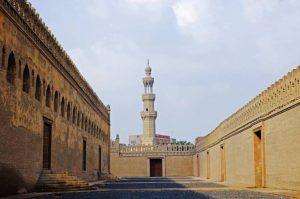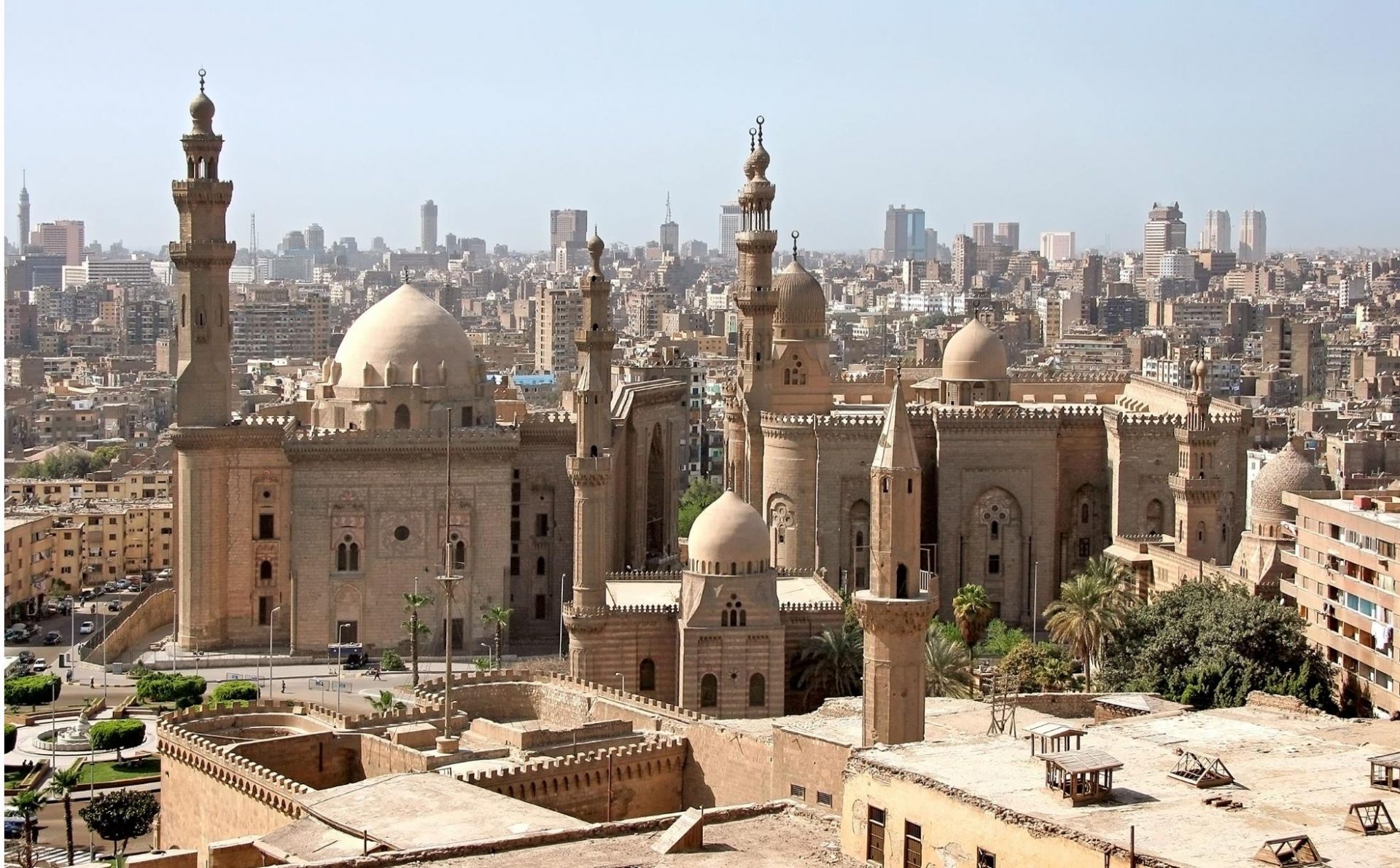The Temple of Luxor is located on the banks of the Nile River in Upper Egypt, more than 670 kilometers south of Cairo, on the site of the southern half of Thebes, the capital of the Middle Kingdom and the New Kingdom of ancient Egypt. It was built by Amenhotep III, the ninth pharaoh of the Eighteenth Dynasty of ancient Egypt, to worship Amon, the sun god, and Mut, the wife and son of Amon, the moon god. In the late 18th dynasty, Ramesses II expanded the temple to its present size.
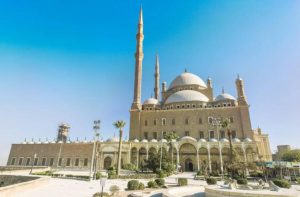
The temple is 262 meters long and 56 meters wide and consists of a tower gate, a courtyard, a multi-columned hall and a shrine. Entering the temple through the north-facing gate, outside the temple there is a causeway that crosses the water and leads to the Karnak temple, which has been restored to become one of the highlights of Luxor.
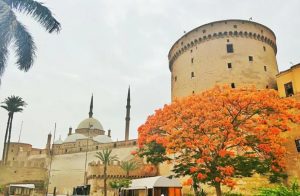 The original avenue with sphinxes on both sides of the temple walls leading to the Temple of Karnak has been discontinued, although some of the better preserved statues still stand here.
The original avenue with sphinxes on both sides of the temple walls leading to the Temple of Karnak has been discontinued, although some of the better preserved statues still stand here.
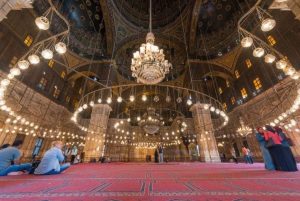
Saladin Castle is an ancient castle in Cairo with a history of over 1000 years. It is located on a hilltop overlooking the city of Cairo. It is a remnant of the Ottoman Turkish Empire and has a clear castle style of that era.
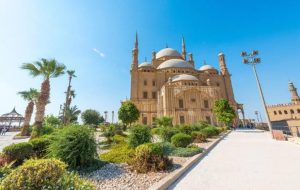
We chose Isthmus to travel with us and I really enjoyed our Cairo tour guide! We went into the place where Jesus hid, there are many churches in Egypt (hanging churches and other churches etc.) and a synagogue. The synagogue is where the Moses family lived. It has a long history. It was humble, beautiful, and surreal.
